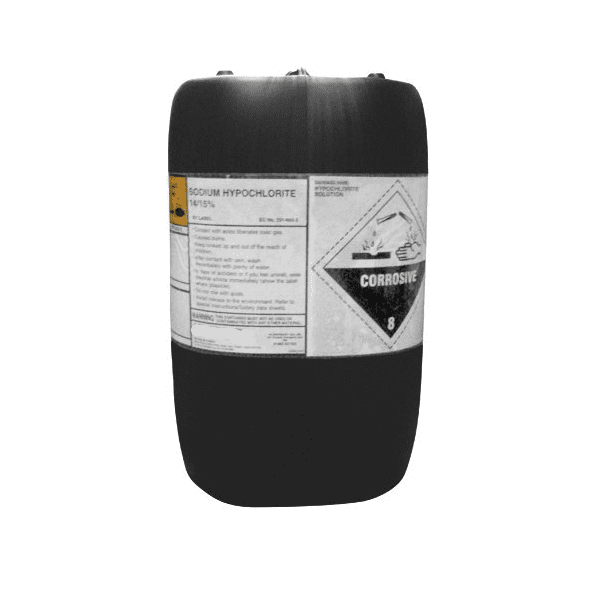Despite the barrage of new health and safety information, adapting to guidelines concerning living and working in the Covid-19 age does not have to be a headache. AFS Supplies can support your effort to ensure your workplace is secure.
As businesses across the UK prepare to go back to work, adapting your workplace to the variety of new safety guidelines can feel daunting. Too much information can lead to confusion and overload, when the guiding principles of Covid-safety at work are surprisingly simple. Bringing together practical advice from the World Health Organisation and the UK government, here are the main Covid-19 guidelines explained.
How Does Covid-19 Spread?
A basic understanding of how Covid-19 spreads can be useful to underline your safety practices at work. In essence, like many other coronaviruses, Covid-19 spreads through contaminated droplets. When an infected person (who may be asymptomatic) exhales, coughs or sneezes, these infected droplets can land on nearby surfaces, or be propelled through the air toward other people. Contact with a surface contaminated with infected droplets, and subsequent contact with the nose, mouth or eyes of an uninfected person, will transmit the disease. With this in mind, most safety at work practices suggest a two-pronged approach: implementing an intense cleaning regime to remove infected droplets, and an increased mindfulness of social distancing measures to reduce unnecessary contact between staff.
Safety Guidelines for Your Office
Creating a Covid-safe office environment can be achieved by adapting your practices with the following guidance from the World Health organisation and the UK Government in mind:
- Staff who are able to work from home might be encouraged to do so. If your staff are able to transition to working from home, they must have access to the necessary remote working and communication structures.
- If possible, adapt office space and office scheduling to encourage employees to maintain a 2-metre social distance during the working day. This can be achieved through rearranging furniture, using desk partitions or by operating a system whereby staff rotate between working in the office and working from home. Even staggered shifts and arrival times can help to reduce the risk of unnecessary contact.
- Surfaces and objects touched by more than one staff member should be regularly disinfected. Beyond desks and office kettles for example, this should include telephones, keyboards and computer mice.
- Regular hand washing should be promoted for all staff (and customers, if applicable). This can be supported with hand sanitising stations, making sure good quality anti-bacterial soap is available, briefings from internal health and safety officers and posters promoting effective hand washing practice [available via https://www.who.int]
- Increase awareness of respiratory hygiene and the United Kingdom’s self-isolation guidelines. If an employee exhibits symptoms or feels unwell, they should return home and self-isolate for 10 days under current regulations. The isolation period is subject to change and more information can be found via the UK Government website. Having hygienic closed-top bins, high quality disposable masks, single-use paper tissues and anti-bacterial hand soap available will encourage employees who have a runny nose, or other non-Covid symptoms, to practice good respiratory hygiene.
- When planning meetings, management should consider whether the meeting is strictly necessary, whether it can be scaled down so fewer people attend, or whether it can be held online. If a physical meeting is required, ensure there are adequate antibacterial wipes, face coverings and hand sanitiser available, while also observing social distancing measures.
For more information pertaining to office-based workplaces, for advice on business travel, business events and monitoring your staff in the event of an outbreak; please visit the WHO Getting Back to Work guidance for more detailed precautionary measures.
Covid Safety in Industrial Workplaces
Many of the guiding principles of Covid safety apply across a range of industries. Regular hand washing, a strict cleaning regimen and delivering up to date information clearly to staff are necessary procedures whether returning to an office or an industrial setting. Further guidelines to be considered more specific to industrial settings are the following:
- Staggering shifts and arrival/departure times can help to reduce the risk of contact in communal areas of the worksite.
- Ensuring that indoor workspaces are well ventilated, with a frequent supply of fresh air, can help to mitigate the risk of contaminated airborne droplets.
- If possible, the 2-metre social distancing measures should be reinforced using one-way systems and floor markings in the workplace.
- Where social distancing measures are not entirely possible, dividers and screens that reduce the risk of contamination, reducing activity contact time, increased frequency of hand washing and using ‘fixed teams’ or partnering can all mitigate the risk of transmission from workstation to workstation.
- Teams can also be encouraged to wear more extensive PPE if social distancing is not always possible, including disposable visors and coveralls.
- Fixed teams can be used to ensure that employees have regular contact with as few different people as possible, forming a kind of workplace ‘bubble’.
- Reducing equipment rotation and restricting the capacity of vehicles used on-site can also minimise the risks of transmission. Some larger sites may also wish to introduce a system of radio communication to reduce the number of unnecessary face-to-face queries during the workday.
- Creating safe outdoor communal spaces for breaks can help to reduce contact in confined staff rooms. If an indoor space is the only option, make sure to implement a strict cleaning regime, fogging with disinfectant for example, and remind staff to observe good personal hygiene and social distancing measures.
For further information and advice on the above guidelines, please visit the WHO Getting Back to Work Guidelines: https://www.who.int/docs/default-source/coronaviruse/getting-workplace-ready-for-covid-19.pdf?ua=1
And for detailed industry by industry advice, including detailed breakdowns of advice for factories, laboratories and warehouses, visit the UK Government advice pages at: https://www.gov.uk/guidance/working-safely-during-coronavirus-covid-19




